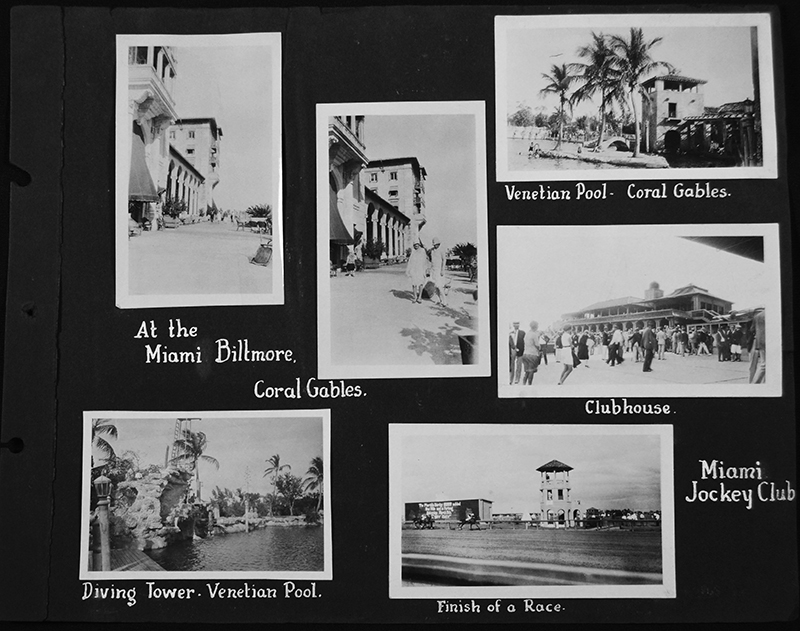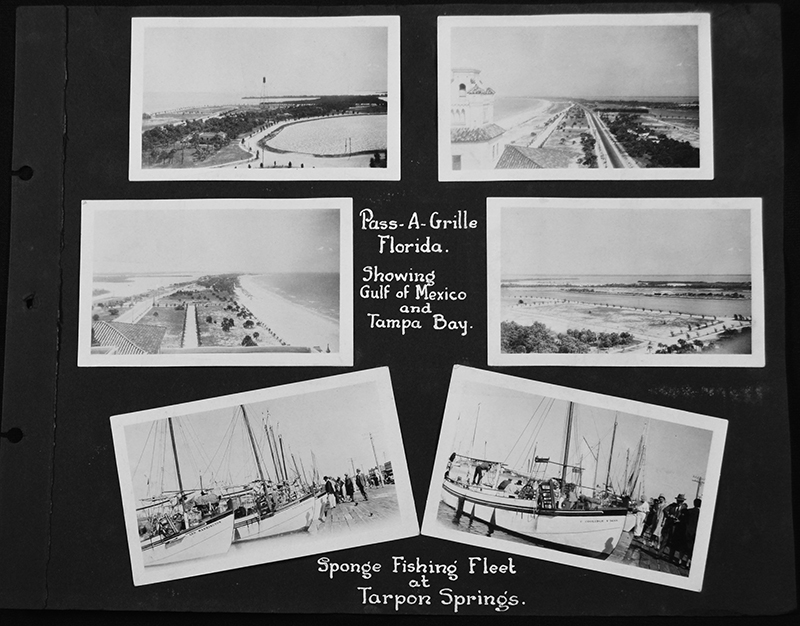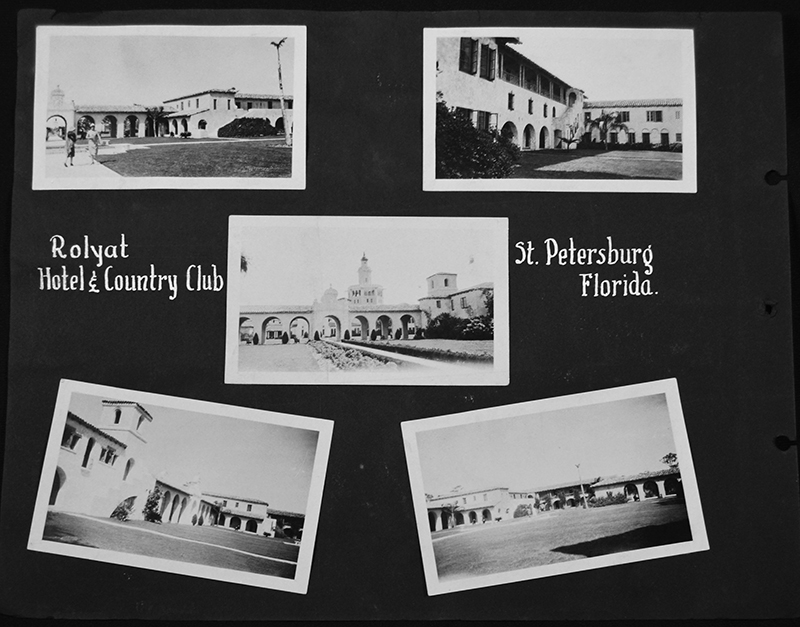As of mid-September, the 2020 Atlantic hurricane season appears headed for the record books, already the second most active season on record behind 2005 and tied with 1933.

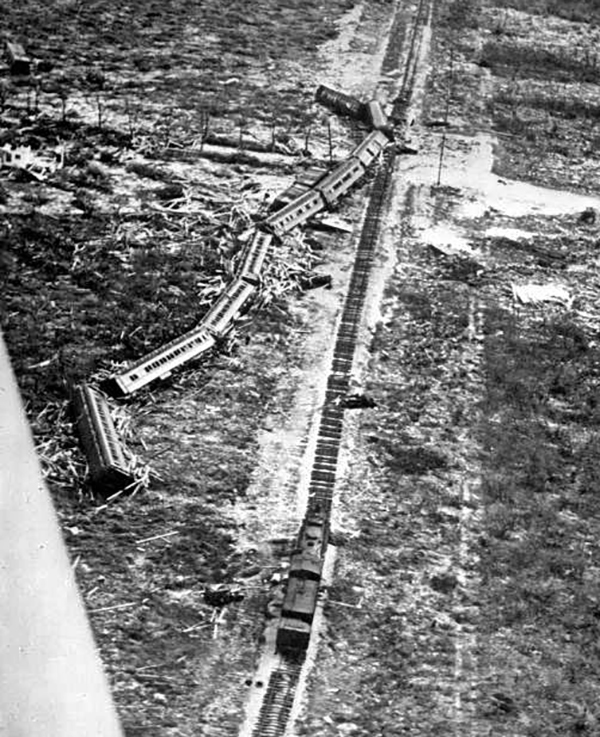
It does not take long to locate historical echoes of the storms’ impacts; compare the damage from this year’s Laura (https://www.cnn.com/2020/08/25/weather/gallery/hurricane-laura/index.html) to the 1935 Labor Day hurricane that killed hundreds of WWI vets who were working on the Overseas Railroad and were fleeing the keys on a rescue train when the storm hit (https://www.wdl.org/en/item/14203/).
Obviously, Florida has a long history with the storms; the very name is a Spanish version of an indigenous Taino (https://www.britannica.com/topic/Taino) word for ‘God of Storms’ and as Library of Florida History Archivist Ben DiBiase outlines in this episode of Florida Frontiers (https://myfloridahistory.org/frontiers/radio/program/396) Europeans quickly got to experience the fury, often with history changing results.
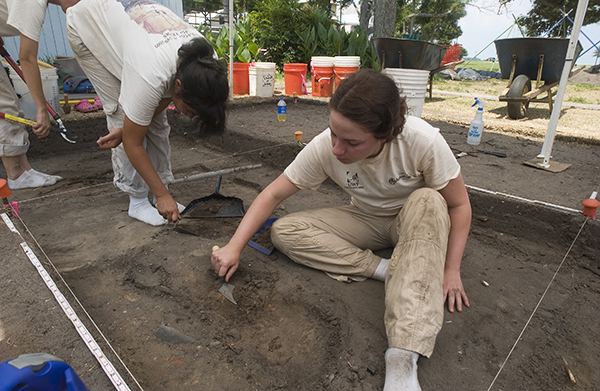
Sometimes you have to go looking for the impacts, as these archaeologists did in a Pensacola neighborhood (https://myfloridahistory.org/frontiers/television/episode/11) exploring the site of an ill-fated 1559 Spanish settlement after a storm sank most of its ships. You can check out what the scientists learned at https://uwf.edu/cassh/community-outreach/anthropology-and-archaeology/research/faculty-and-staff-projects/luna-settlement/ .
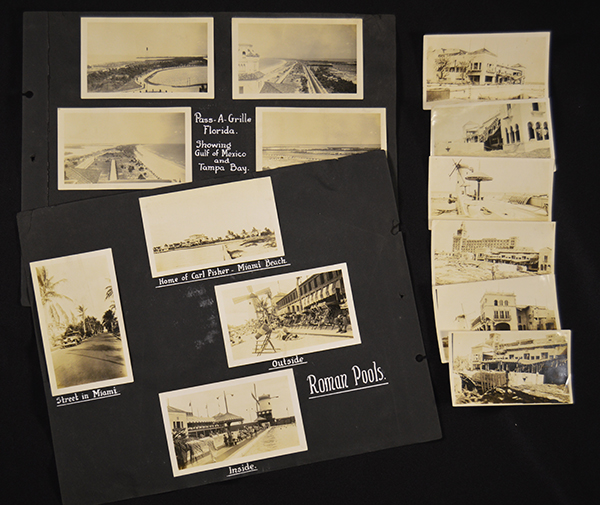
And sometimes the information comes to you, especially if you are a Library of Florida History. In this case two pages from an album and some loose photographs from two different donors document the impact the “Great Miami Hurricane” of 1926 had on the city which was, at the time, struggling to sustain a building boom threatened by a ship accident that had blocked the harbor entrance and cut off shipments of building supplies (https://myfloridahistory.org/frontiers/radio/program/379).
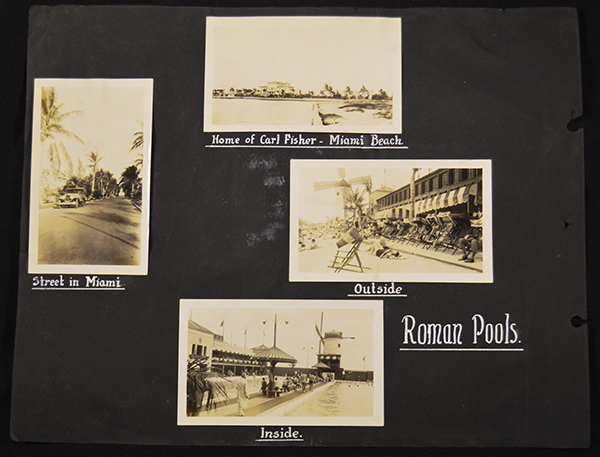
One of the album pages, donated to the Florida Historical Society this year by the historian for the city of Avon, CT, who recovered it from the estate of a house only identified as “The O’Neill House, includes photos of the famous “Roman Pools” Cabana Club, one of five upscale hot-spots that made Miami a go-to destination in the 20’s.
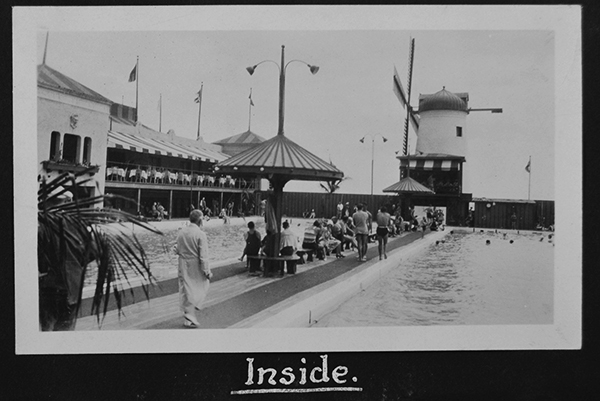
Time and storage in a non archival album have taken a toll on the picture, but with its gray scale and contrast restored we can get a good look at how the good times rolled, both pool side...
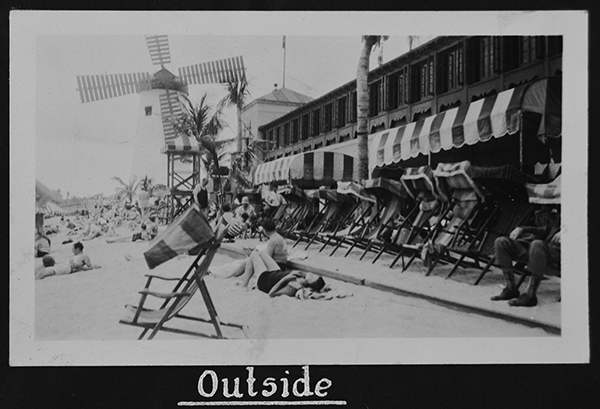
...and beach side. In both pictures we can clearly see the large wooden wind mill that made the Roman Pools a landmark (https://www.miamiandbeaches.com/things-to-do/history-and-heritage/bathing-casinos-in-miami-beach).
Then came September 18, 1926 (https://www.weather.gov/mfl/miami_hurricane), with 149 mph winds, a 14 foot storm surge and the end to the Miami boom.
A second collection of photos taken a few days later, and presented recently to the FHS by Bernie Hockman of Athens, Georgia, shows the devastation.
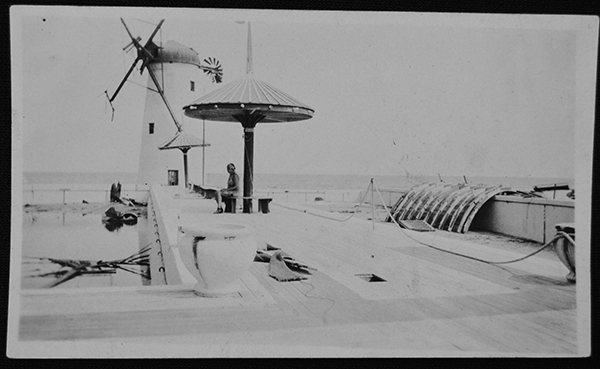

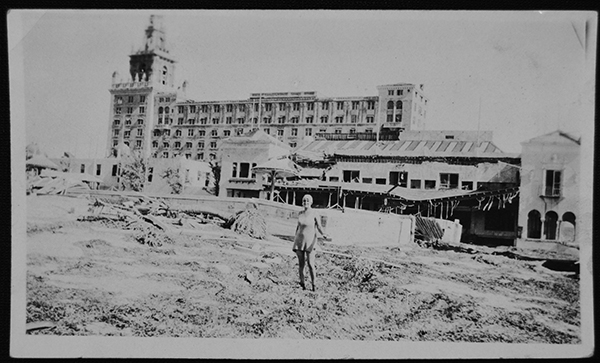
Pool side and beach side, the storm left little of the Roman Pools but destruction and debt. Much the same could be said for the rest of Miami. Some historians and economists actually consider the bursting of the Miami development bubble to be the first sign of what would eventually be called ‘The Great Depression.’

But, as a timeworn early-1926 panorama in the Library collection attests, Miami was beginning to build modern buildings as part of its post World War I boom.
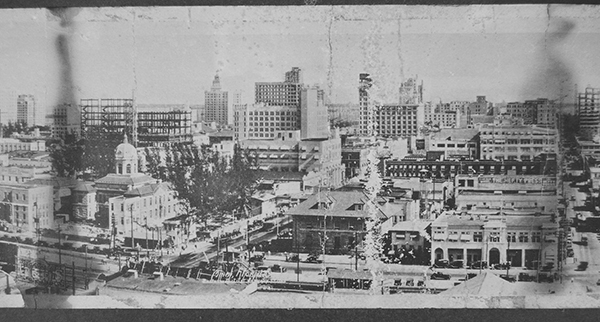
In the center you can see the beginning of the more storm resistant high rise office buildings that mark the city’s downtown today. However that rebirth would have to wait until after World War II.
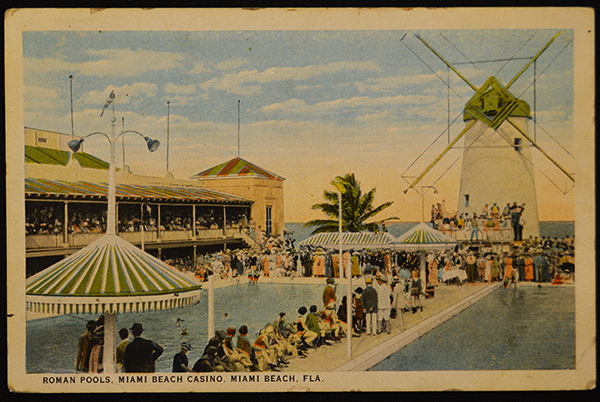
Even the Roman Pools came back, surviving the 1926 and several other hurricanes, until a fire destroyed the building in the 1960s.
Thanks to the album donation we can still enjoy the neatly labeled charms of mid-1920s Florida:
